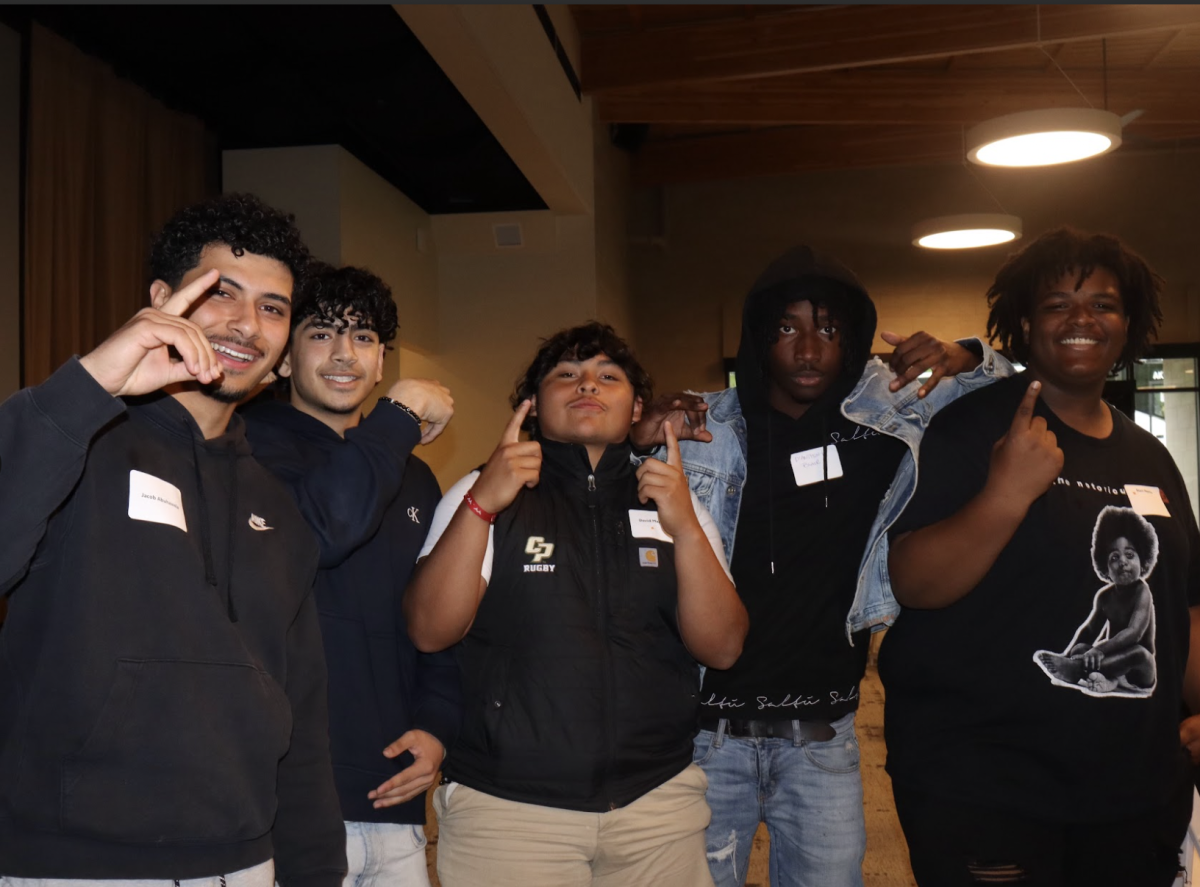Too little, too late, to learn a language
October 3, 2022
My father Luis Rivera was an immigrant, who spent the early years of his life speaking Spanish in Venezuela, with almost zero exposure to English. After moving from Venezuela to the US as a child, my father quickly surpassed my uncle Jose’s fluency in English, and even my grandmother, Marbella’s. At this point Marbella had already been speaking English for decades and had obtained multiple degrees from English speaking schools.

Learning languages is easier as a young child, and the school system should foster this ability by strengthening language education courses in elementary and middle schools.
Over the past year, Redwood cut multiple foreign language courses because of financial constraints, leading to controversy. Low sign up numbers, along with deliberation between staff members led to the discontinuation of AP Spanish Literature and the preservation of French 7-8 only after strong opposition from students and its teacher, Bernadette Rattet.
Language courses are valued by many students, but the economic incentive for classes like these must be contested when determining whether to keep them at Redwood. Teaching children language earlier in life, however, provides more benefits, and makes learning the language easier. Beginning
foreign language education in high school or even middle school does not leave enough time for the majority of students to be able to achieve fluency, wasting educational resources.
In general, learning a second language at any time has many advantages. People who learn a second language may have increased brain development as well as a lower risk of Alzheimers according to Psycholinguist Mark Antoniou, who studies the relationship between brain and language developments at Western Sydney University. Additionally, according to The Guardian, proficiency in a second language “can add between 10% and 20% to your wage.”
However, these benefits only apply if people pursue fluency in the language they chose to learn. The University of California system requires only 2 years of foreign language education, allowing for some students to drop language classes after only 2 years. While in those mandatory classes, many students fail to put in the extensive effort required to learn in the first place. According to a study by the Center for Applied Second Language Studies, only 50 percent of students across the US achieve even novice levels of fluency after four years of foreign language instruction. This does not meet the fluency needed to work in a predominantly foreign speaking environment and leaves students’ understanding of certain topics underdeveloped.
Despite many high school students failing to achieve proficiency in a foreign language, for children under the age of 9, learning a second language is both easier and provides more life-long benefits. Children’s brains are more flexible and have the ability to create connections between topics easier than adults.
Learning multiple languages provides other significant advantages as well. According to Kristen Denzer, the CEO of Tierra Encantada, a Spanish-immersion education program, becoming multilingual can help children’s proficiency in their own native language.
“Studies have shown that when a child learns a second language, they show accelerated progress when learning to read compared with monolingual peers,” Denzer said
The influence of early foreign language education on young children has already been exhibited in European schools. According to Pew Research Center, the majority of Europeans start learning a foreign language between six and nine, allowing Europeans to gain much higher levels of fluency in their second or even third languages. Eight percent of adult Europeans have proficiency in at least one foreign language according to EU statistics, demonstrating the success of teaching foreign language during adolescence.
The foreign language gap between European and American students is large, despite many students taking foreign language courses in their U.S. school system. According to a recent Bark survey, 42 percent of students do not speak a second language. However, of the students who do speak a second language, 39 percent began learning it before the age of nine. Only 7 percent of students began learning their second language in high school.
There are a few monetary drawbacks when it comes to teaching a foreign language earlier, one being that many elementary schools do not have the budget to hire foreign language teachers. This should not be a problem for wealthy counties like Marin, as raising property taxes on large multi million dollar houses could provide the money needed to hire new teachers. If higher taxes in the present lead to significantly higher income in the future, who’s going to object?
Children’s skill in learning language needs to be fostered in the United States and in Marin. Teaching foreign language starting in elementary school rather than in high school, would greatly increase proficiency in multiple languages. European schools have used this strategy for decades with great success; now it’s time for Americans to follow this example. We live in a globalized world, and we need to adapt.






















